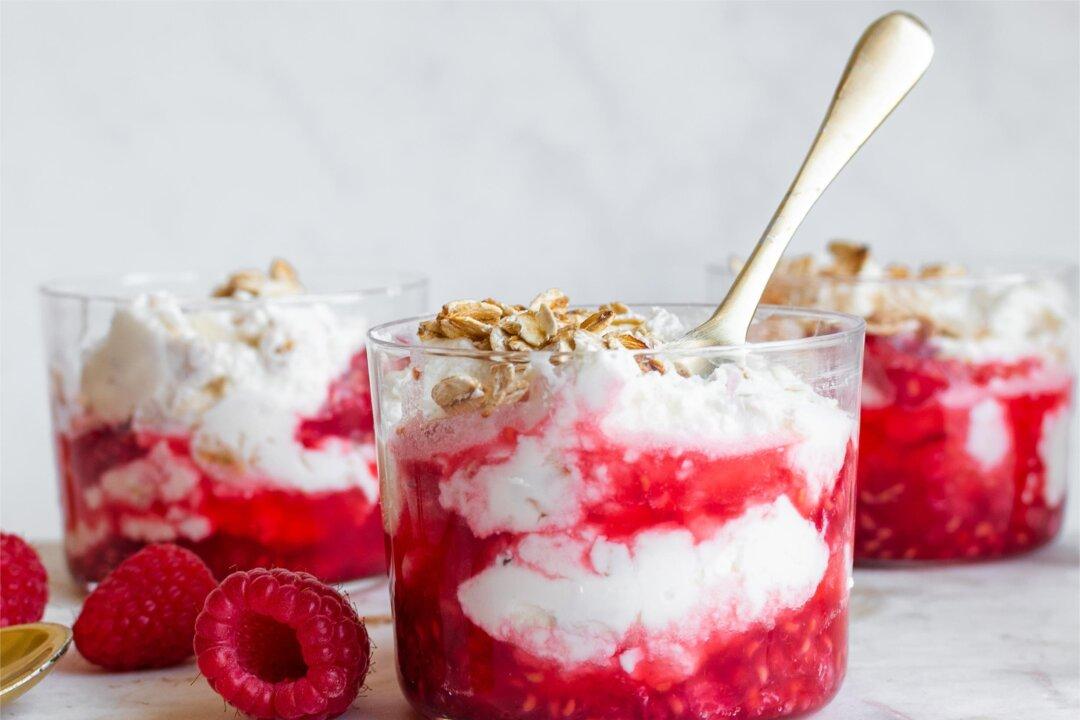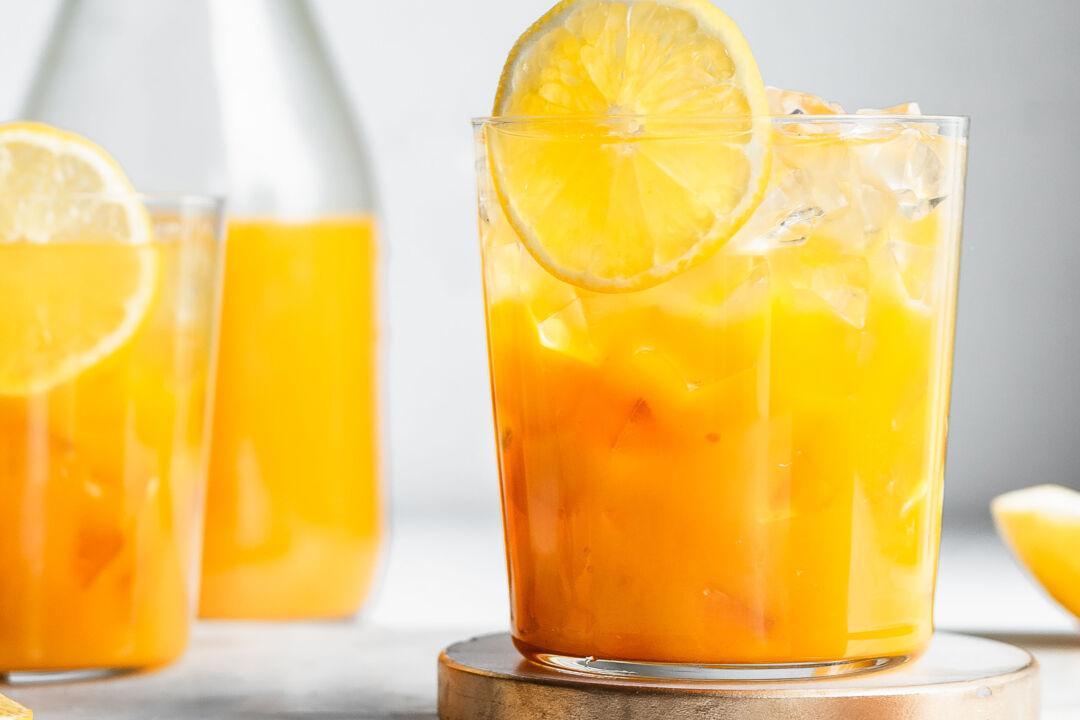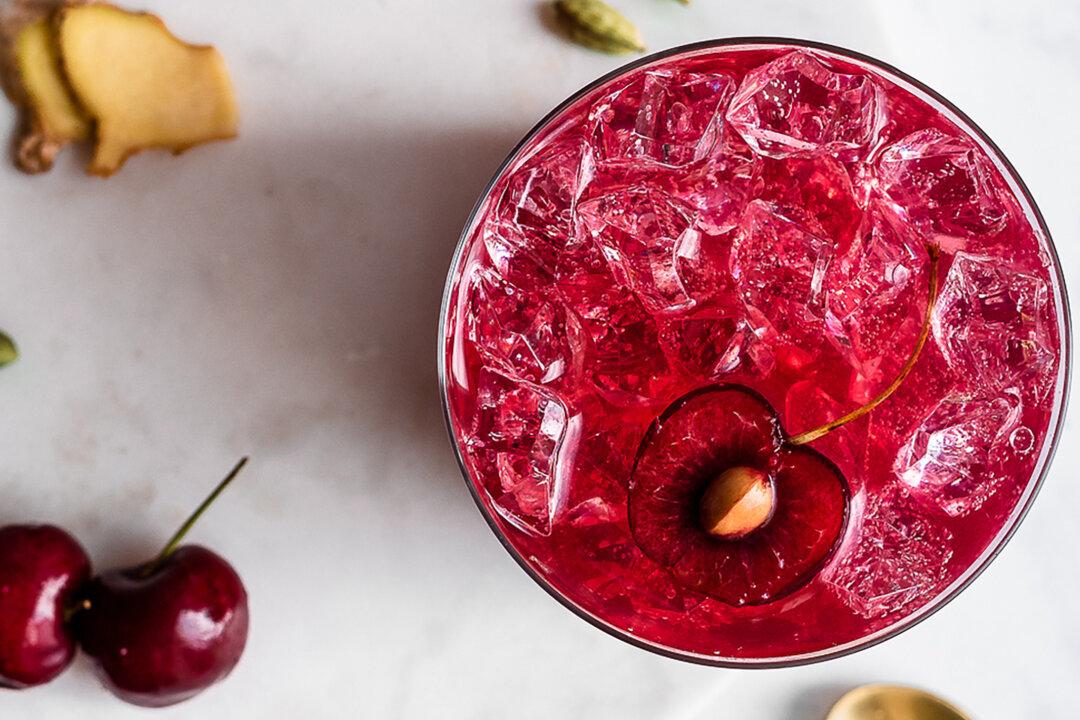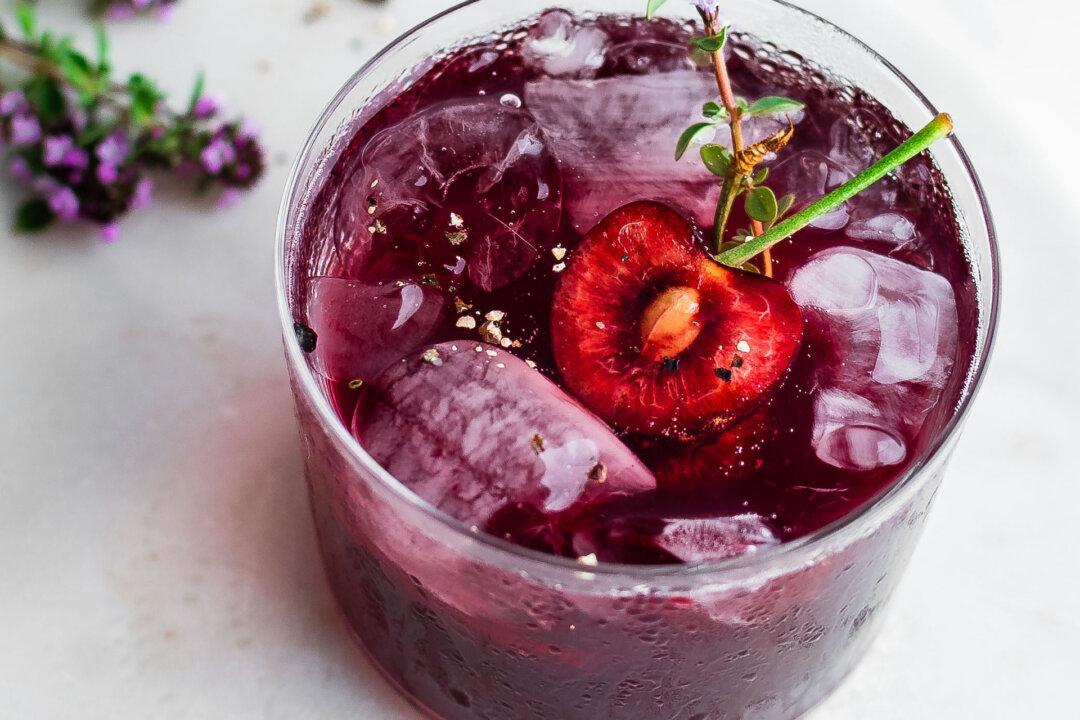One of the greatest gifts in cooking at home is the ability to make something from almost nothing. It’s an ingenious trick if you can manage it. In a well-managed kitchen, bacon drippings are saved, scraps become broth, and nothing goes to waste. This isn’t new; good cooks have always managed to conjure up healthy, nourishing food and drink from scraps and leftover bits.
One of the most delicious examples is tepache. Tepache is an ancient Mexican drink made by fermenting something that would likely go to waste otherwise: pineapple skins. Tucked into a jar of sugar-sweetened water, with a few spices added for good measure, the pineapple scraps ferment and create a sweet, tart brew with notes of cinnamon and spice. It’s delicious, especially when served over crushed ice, and makes a particularly nice drink during summer’s hottest months, when we can all use a little refreshment.





